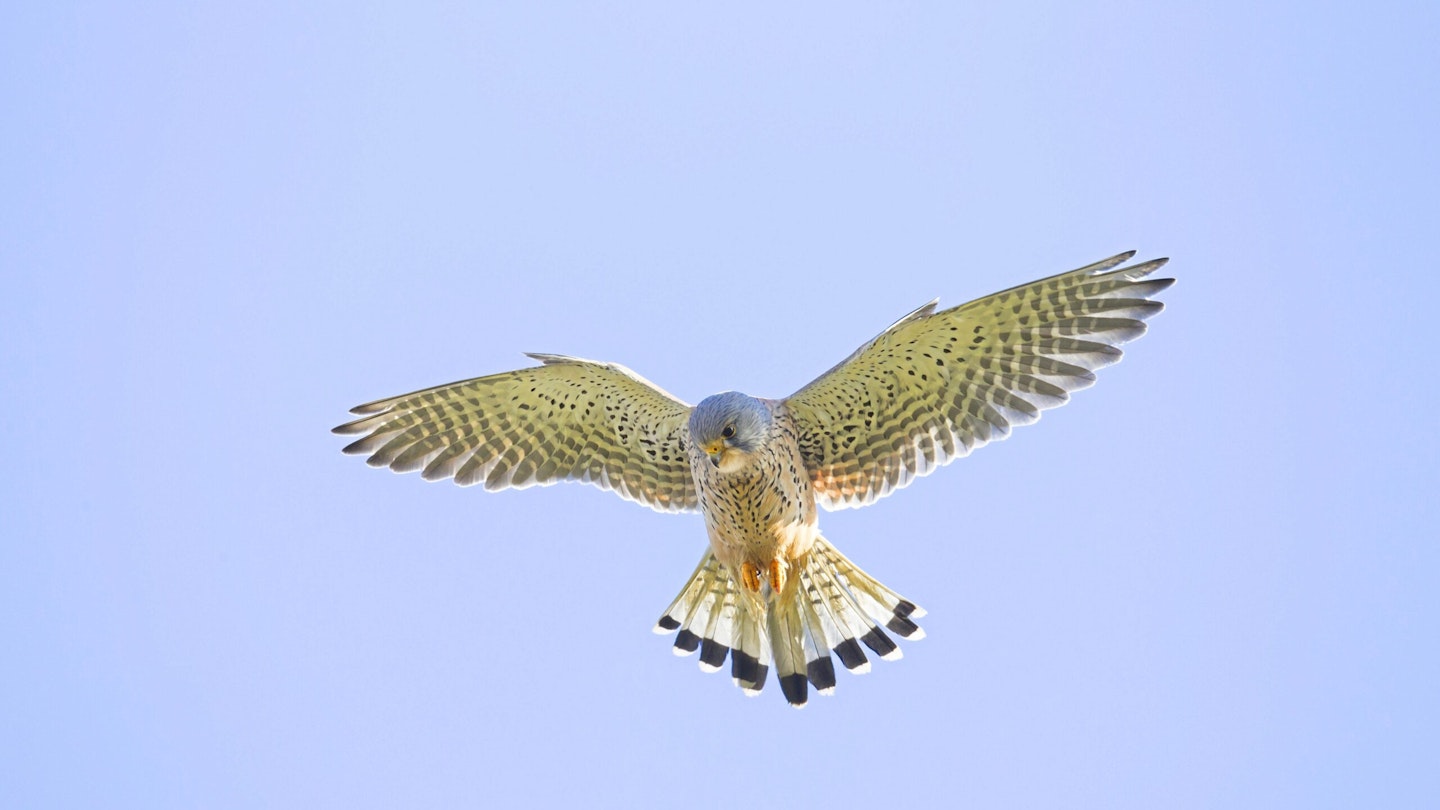A new year, a fresh start, the beginning of another #My200BirdYear challenge… January is an exciting month for birding. Here are five cracking birds for any list; see how many you can add to yours.
Fieldfare
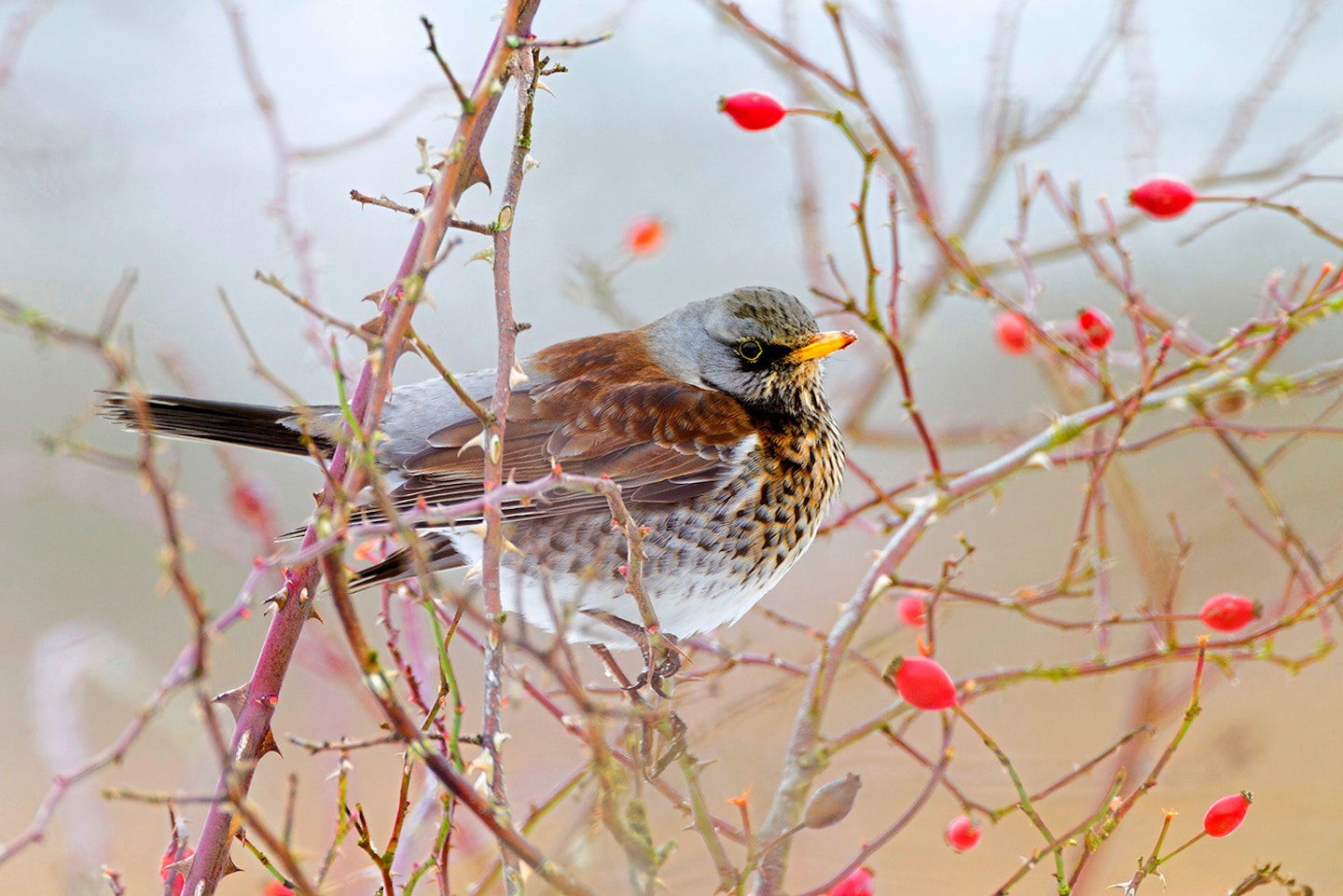
We are lucky in the UK to have two species of ‘winter thrush’ each of which have substantial UK wintering populations, the Redwing and the Fieldfare. Both are handsome birds, but arguably the Fieldfare wears the crown of the most pleasing on the eye, mixing its large size (approaching the Mistle Thrush in length) with a pale blue-grey head and rump, brown back and black tail. With a wintering population of approaching 700,000 birds, our Fieldfares roughly outnumber Mistle Thrushes by two to one. And they are easy birds to see, often in substantial numbers, whether they are feeing on berries along a hedgerow, or seeking works and other invertebrates, spread out over an open field (often with other thrushes). Listen for the ‘chack-chack’ call and enjoy these cold weather visitors for the next few months, before they head back to the continent.
Jack Snipe
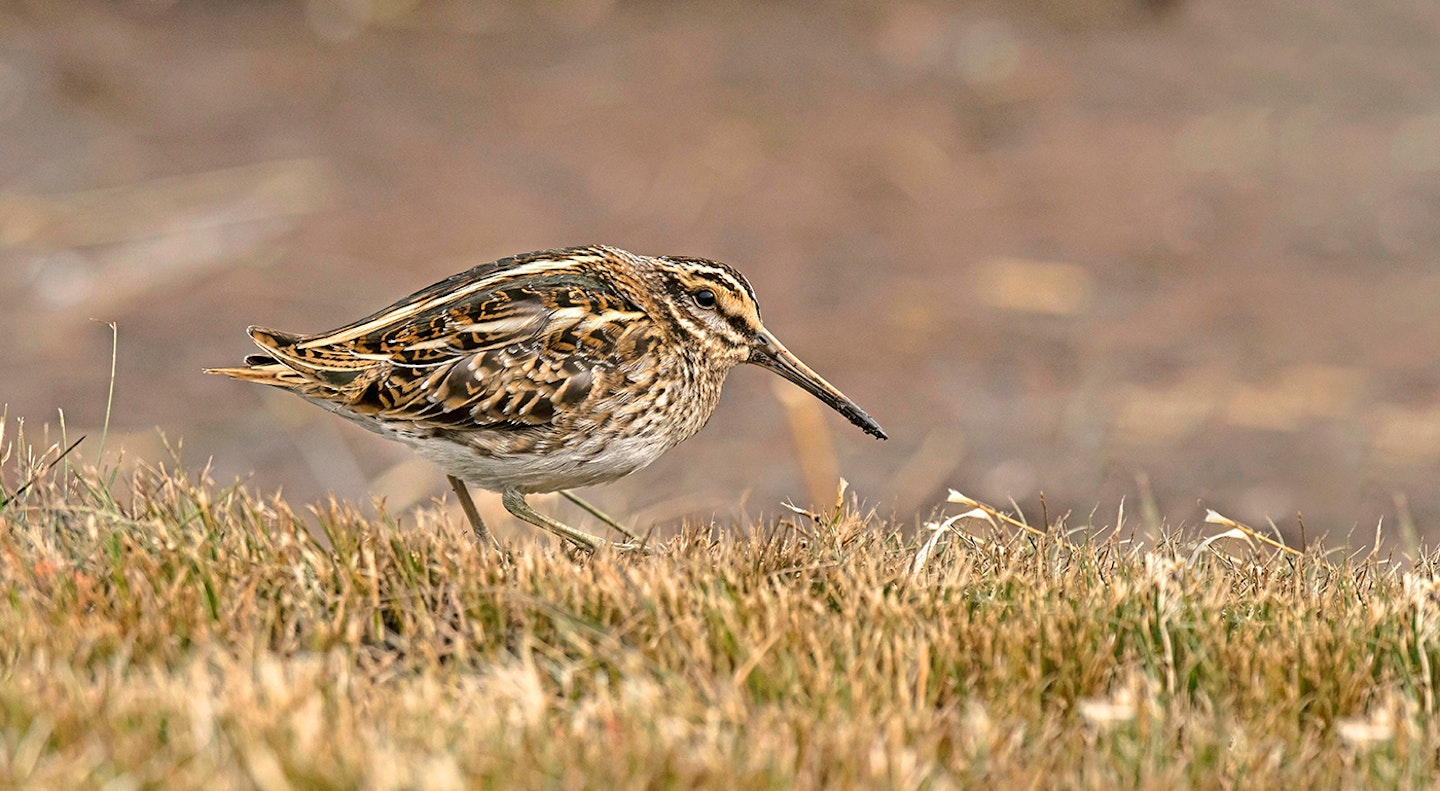
If ever there was a British bird which keeps itself out of sight, it is the Jack Snipe. Until very recently virtually the only way to see one was to wade out over suitable damp habitat (often with Juncus rushes) to flush these little waders by almost reading on them! The technological revolution which has brought thermal imaging equipment into the mainstream has meant that such disturbance of the feeding and resting birds is now just about redundant. It has also confirmed that the estimated UK population of 110,000 wintering Jack Snipe is not as unrealistically high as you may imagine. These charming, perpetually bobbing little waders are common in the right habitats, just very hard to see with the unaided eye!
Tundra Bean Goose
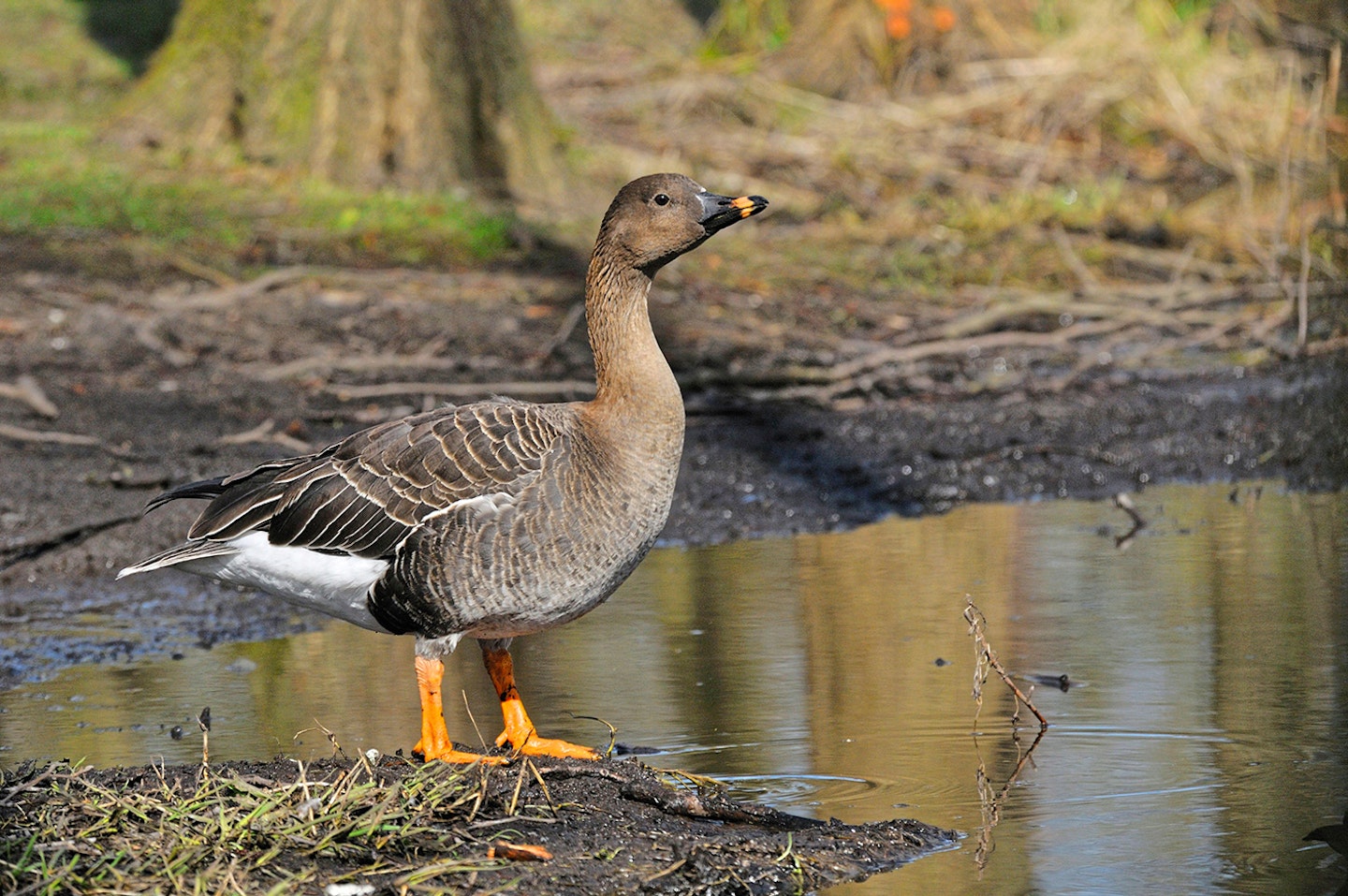
Back when we were young ‘uns, bean geese and Pink-footed Geese were ‘lumped’ as one species. These days, they are not only separate species, but the bean geese themselves have been ‘split’ into Taiga Bean Goose and Tundra Bean Goose. The latter (which is the species which most closely resembles Pinkfoot) are scarce wintering birds mainly to the east of England (about 300 individuals each year), though they can and do pop up all over the place, usually in small flocks. They are browner birds than the slightly smaller Pinkfeet, with a more robust bill giving them a ‘meaner expression’. The bill has a blob of orange (not pink) and the legs are orange (not pink). Also, the tail is predominantly dark with a narrow white edge (more white on Pinkfeet), while the wings are brown rather than frosty grey. Always a great January tick.
Kestrel
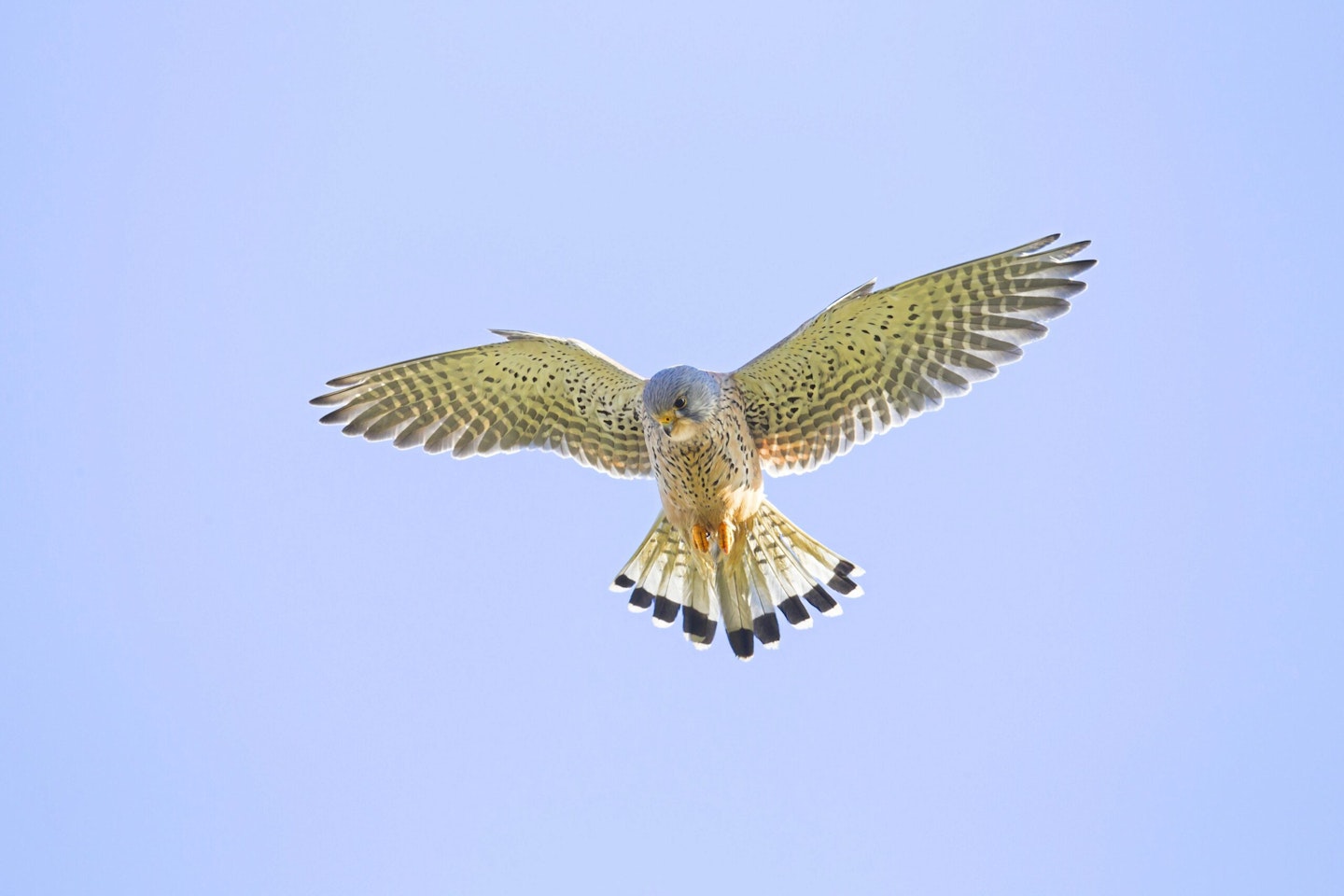
Formerly our commonest bird of prey (now overtaken by the ever range-expanding Buzzard), there are still nearly 50,000 pairs of these charismatic hovering falcons breeding across the UK. They are small mammal specialists, hence the habitual hovering. Indeed, any small bird of prey seen hovering is much more likely to be a Kestrel than anything elese, and if you get even a hint of the orange-brown feathers of the back or wings you can be pretty sure of the ID. What is not to like?
White-billed Diver
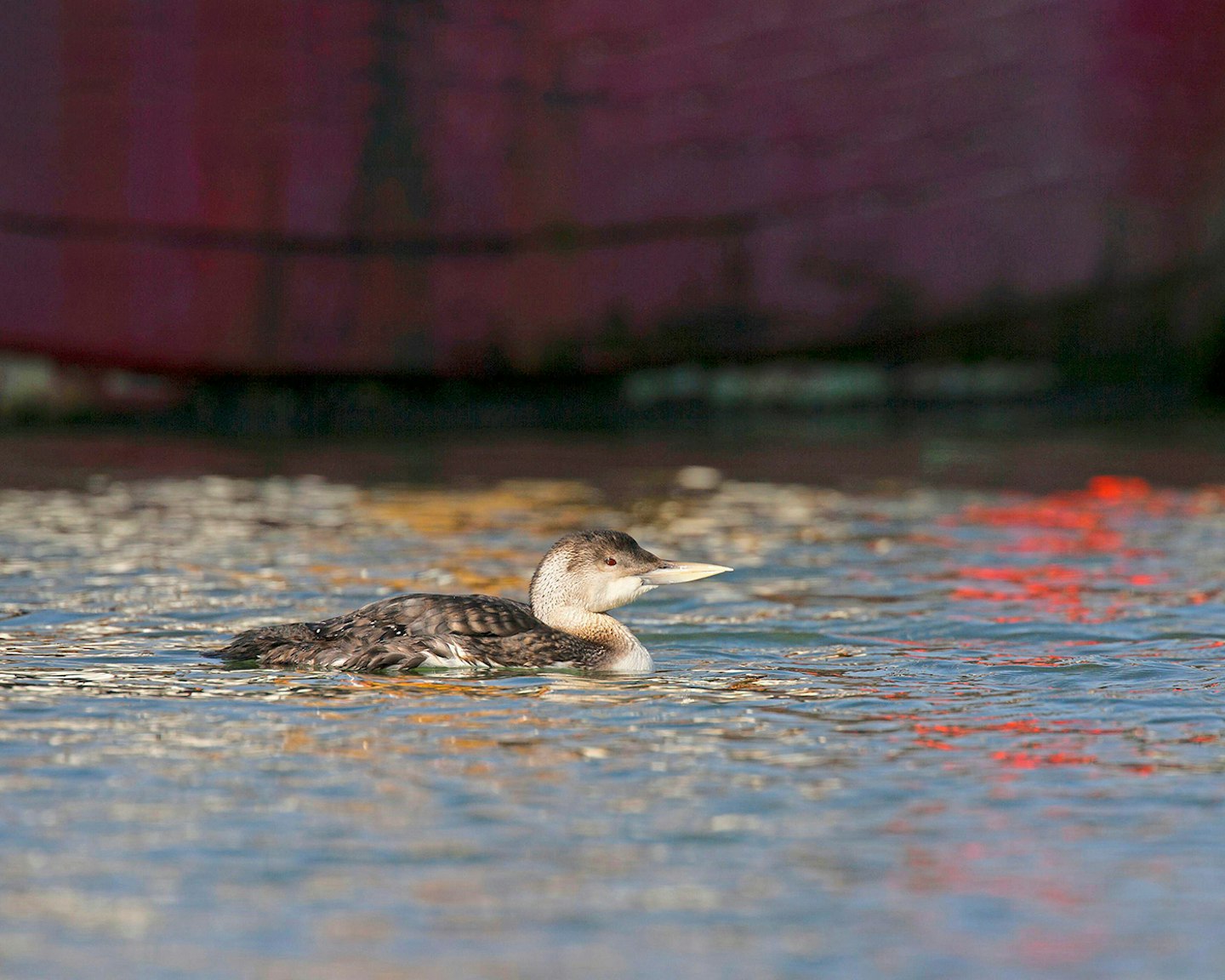
A large diver which was once considered a great rarity, more or less regular wintering populations of White-billed Divers have now been recognised off the coasts of the Outer Hebrides, Northern Isles and in the Moray Firth. These are the higher arctic equivalent of the Great Northern Diver (aka Common Loon), which White-billed Divers (aka Yellow-billed Loons) resemble in many ways. The latter are slightly larger and chunkier, with overall paler non-breeding and a distinctive ivory-coloured bill, often held tilted up slightly. All divers are superb, but there is an extra level of magnificence about White-billed Divers, still a prize find.
